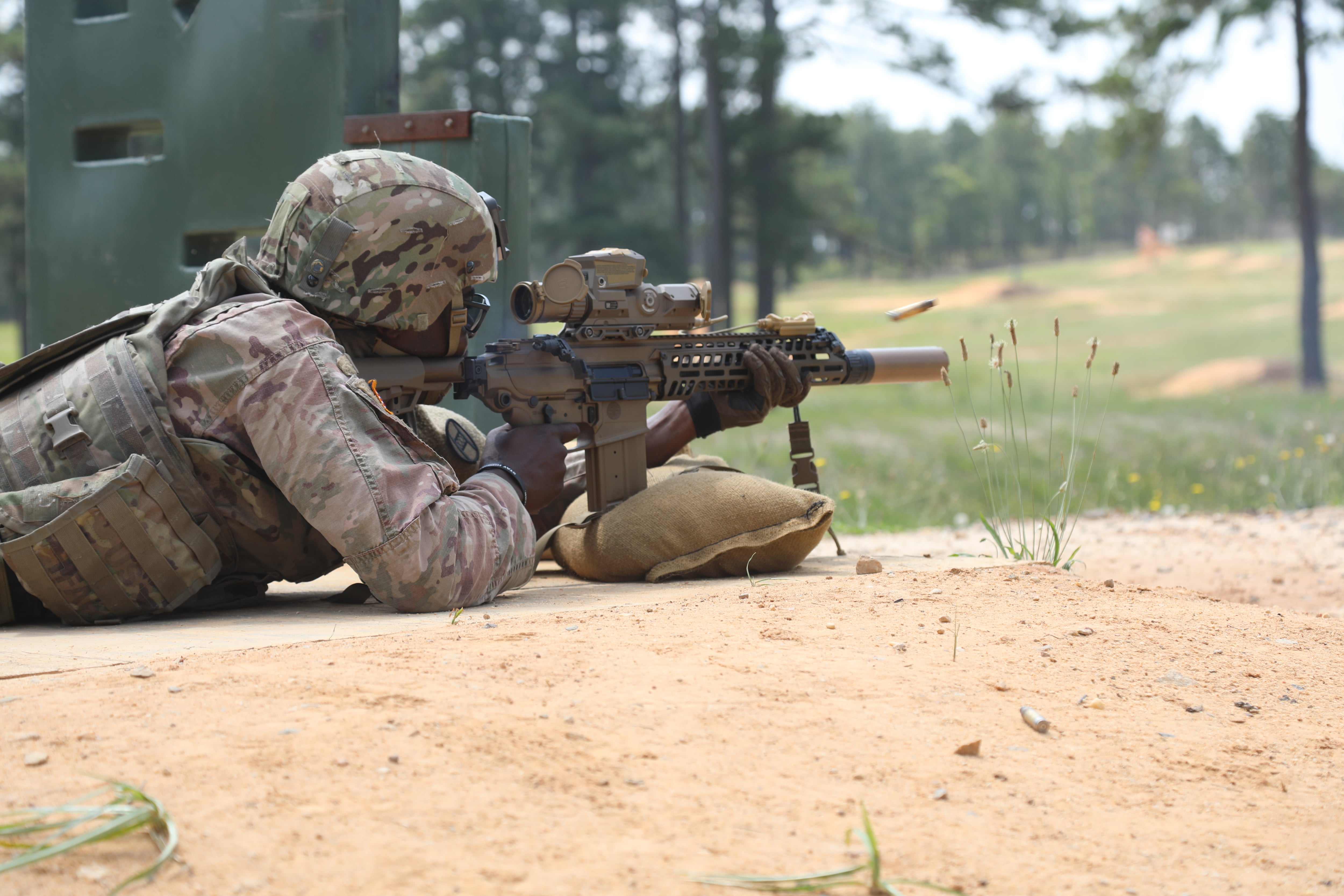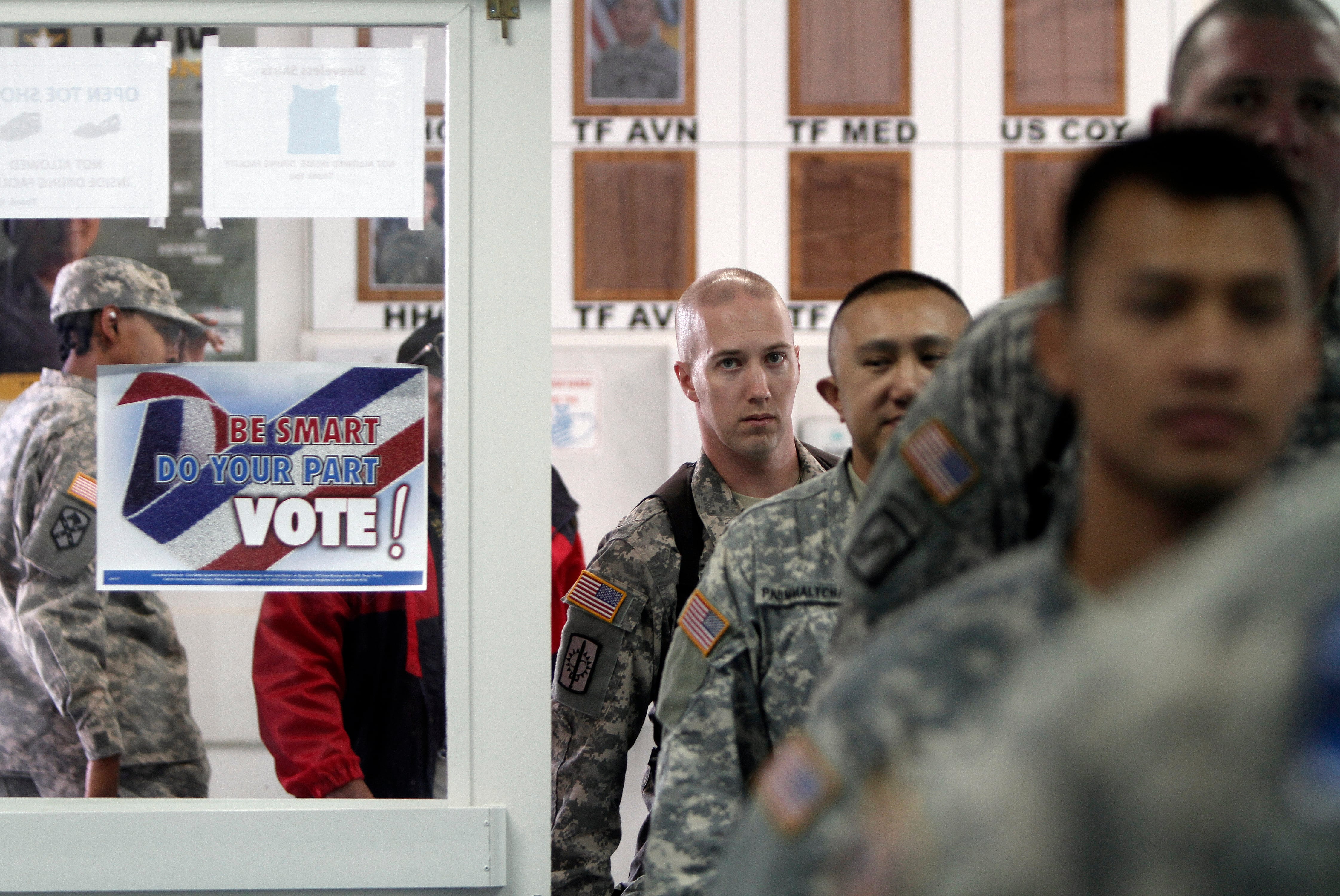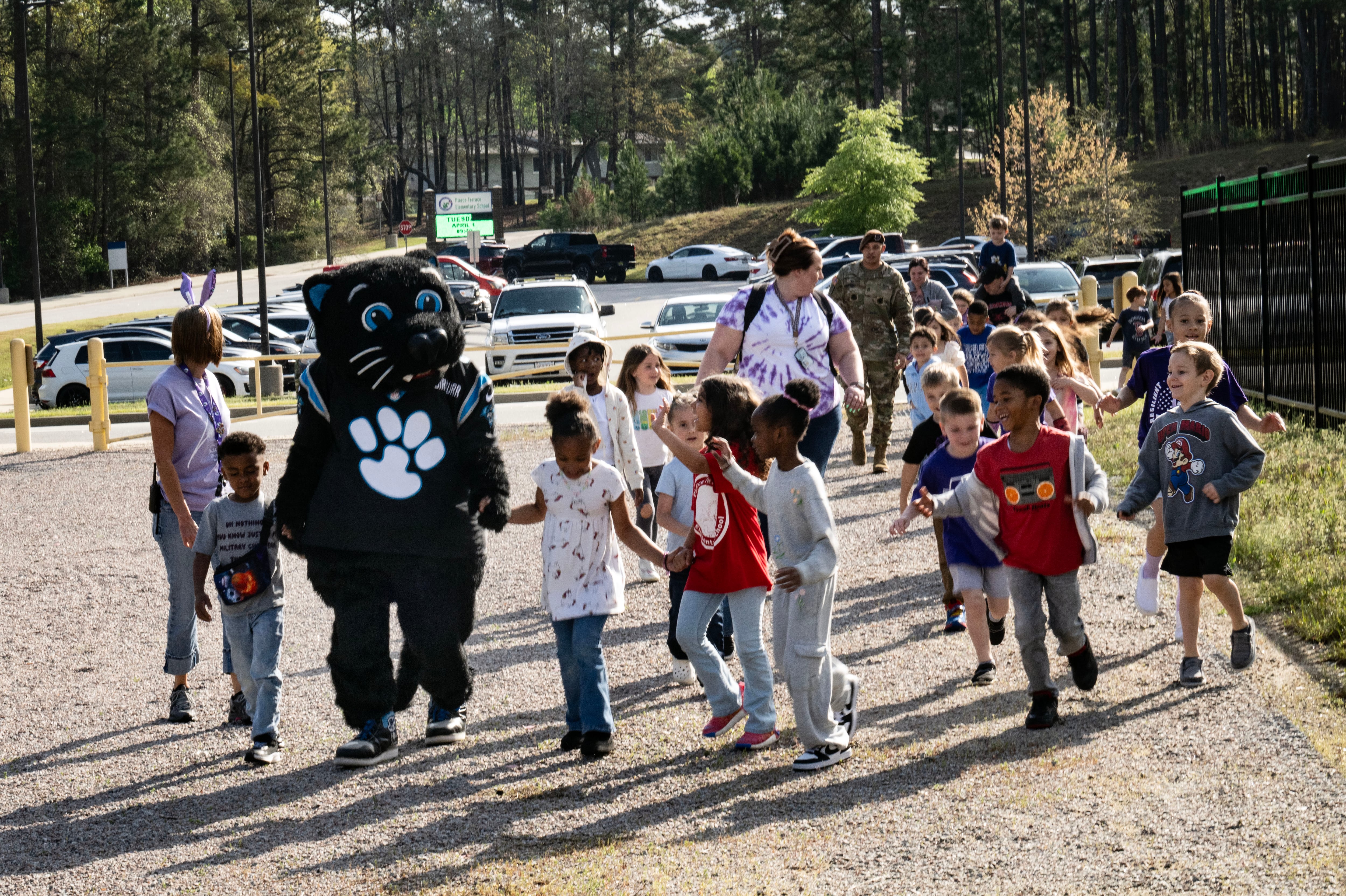From pistol rounds to artillery shells, the Army is developing a host of new ways to destroy targets large and small.
The service is working on one-way tracer rounds for current standard rifle ammunition and reduced-range training rounds for some of the same cartridges. Additionally, the service is testing proximity fuses for grenade launcher rounds that would help defeat enemies behind barriers and blast drones out of the sky.
Meanwhile, on the larger end of the caliber spectrum, Army scientists are building new rounds for the 120mm tank rounds they expect will be needed to defeat enemy armor.
RELATED

Col. Steven Power, project manager of maneuver ammunition systems for the Army’s Joint Program Executive Office Armaments and Ammunition, said his office is developing airburst options and proximity sensing in a selection of rounds between the 20mm and 40mm range.
“It won’t be long before our soldiers are facing swarms of drones,” Power said at the National Defense Industrial Association’s annual Future Force Capabilities conference in September.
The round development gives soldiers in both air defense units and other types of units ways to knock out aerial drones with the tools they have on hand. For instance, the airburst option for 30mm rounds is key to the Maneuver-Short Range Air Defense system the Army is deploying to protect various units.
The 40mm round is used both in the M320A1 individual grenade launcher and the mounted MK19 belt-fed grenade launcher.
The Army is also developing a day and night 40mm training round to help with better accuracy in the dark, Power said.
The service is finding ways to jam and disrupt signals — even looking at lasers to melt a drone’s guts to drop it out of the sky. But there’s nothing quite like steel or lead striking a target.
“In my opinion, the best way to service a single, small (drone) and certainly a swarm of them, is with a proximity medium-caliber munition,” Power said.
Developers are also working on improved airburst rounds for the Apache attack helicopter, Power said. This isn’t necessarily for drone defense but is sometimes more effective for destroying incoming targets of any type.
For the frontline foot soldier, tracers have long carried the adage that they “work both ways,” meaning shooters can see their rounds out, but the enemy can see where they’re originating.
The one-way luminescent tracer, or OWL, round is still in development, with the Army focusing on 5.56mm and 7.62mm, its most widely used small arms rounds.
But, Power said, efforts are underway to add the service’s newest caliber to the mix: the Next Generation Squad Weapon’s 6.8mm round.
While the performance of the one-way luminescence has been going well, Power said they’re still working to ensure the ballistics of the OWL rounds match what soldiers shoot with standard rounds.
That matters because with new optics, soldiers need to know how to put rounds on target and adjust rounds. If there are ballistic mismatches, it will affect accuracy.
The Army is also pushing for more at-home station training, which means more rounds fired on the service’s many ranges. However, many of those ranges were built only to accommodate the 5.56mm round, which requires 500 meters or less.
But the 7.62mm, .50 caliber and 6.8mm all shoot much farther and with much more energy.
The reduced range rounds for these calibers allows soldiers to train at their home station ranges with their full complement of squad, platoon and even some company-level weapons.
Todd South has written about crime, courts, government and the military for multiple publications since 2004 and was named a 2014 Pulitzer finalist for a co-written project on witness intimidation. Todd is a Marine veteran of the Iraq War.




